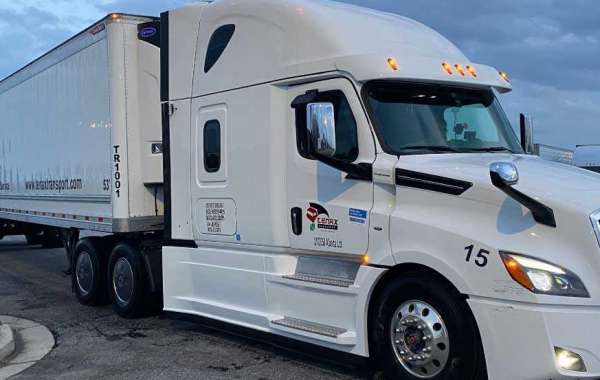Tenax Transport- FTL, LTL Shipping Logistics
What Intermodal Freight Transport basically means?
Intermodal freight transport entails the transportation of freight in an intermodal vehicleorcontainer, using more than one mode of transportation (truck, rail and ship), without any personal handling of the freight during modes transfer. This prevents potential damage of the goods while handling and also helps in providing speedy delivery.
It is a term used to describe multiple modes of transporting goods. Either a combination of rail and truck to transport or move goods from a shipper to a recipient. The intermodal process usually starts when a container is moved by truck to a railway station, then back on a truck to complete the freight-forwarding process. This type of transportation mode also lowers shipping costs because it includes a railway system as it requires less fuel than any other type of road transport.
Advantages and Disadvantages of Intermodal Freight
Advantages
Most of the businesses use intermodal freight transportation both domestically and internationally because it lessens the amount of handling the cargo during the trip and can reduce costs. Intermodal freight shipping is also a safe and secure method as it eliminates the handling of the freight multiple times during transportation, which helps to reduce damage and loss, drivers can handle huge loads in a shorter period of time, and additional security is also provided at various terminals, railway tracks, and ramps, which helps to prevent thefts.
Intermodal transportation is also eco-friendly. Rail transportation is more reliable. According to Inbound Logistics, rail can carry one ton of freight around 450 miles on one gallon of fuel. This fuel efficiency generates less greenhouse gases and carbon pollution as goods are shipped from coast to coast.
Disadvantages
Intermodal freight transportation requires a substantial disbursement in infrastructure costs. Heavy-duty cranes are necessarily required to lift containers at different ports during changing the mode of transport. For example, when a container arrives at a seaport, it must be shifted to a flatbed, truck, or rail. In addition, investments in road and rail access are required. Seaports require rail and road access so that railways and trucks can transport goods efficiently to and from the port.
Conclusion
A typical inbound shipping process involves that after arriving from overseas, cargo filled with containers is moved from a container port to a rail yard for domestic shipment. The cargo is transferred onto the rail and is transported to the next location, which could be hundreds of miles backland. Once the cargo arrives at its destination, it is kept then on a truck to be driven to its final destination determined by the original order.







